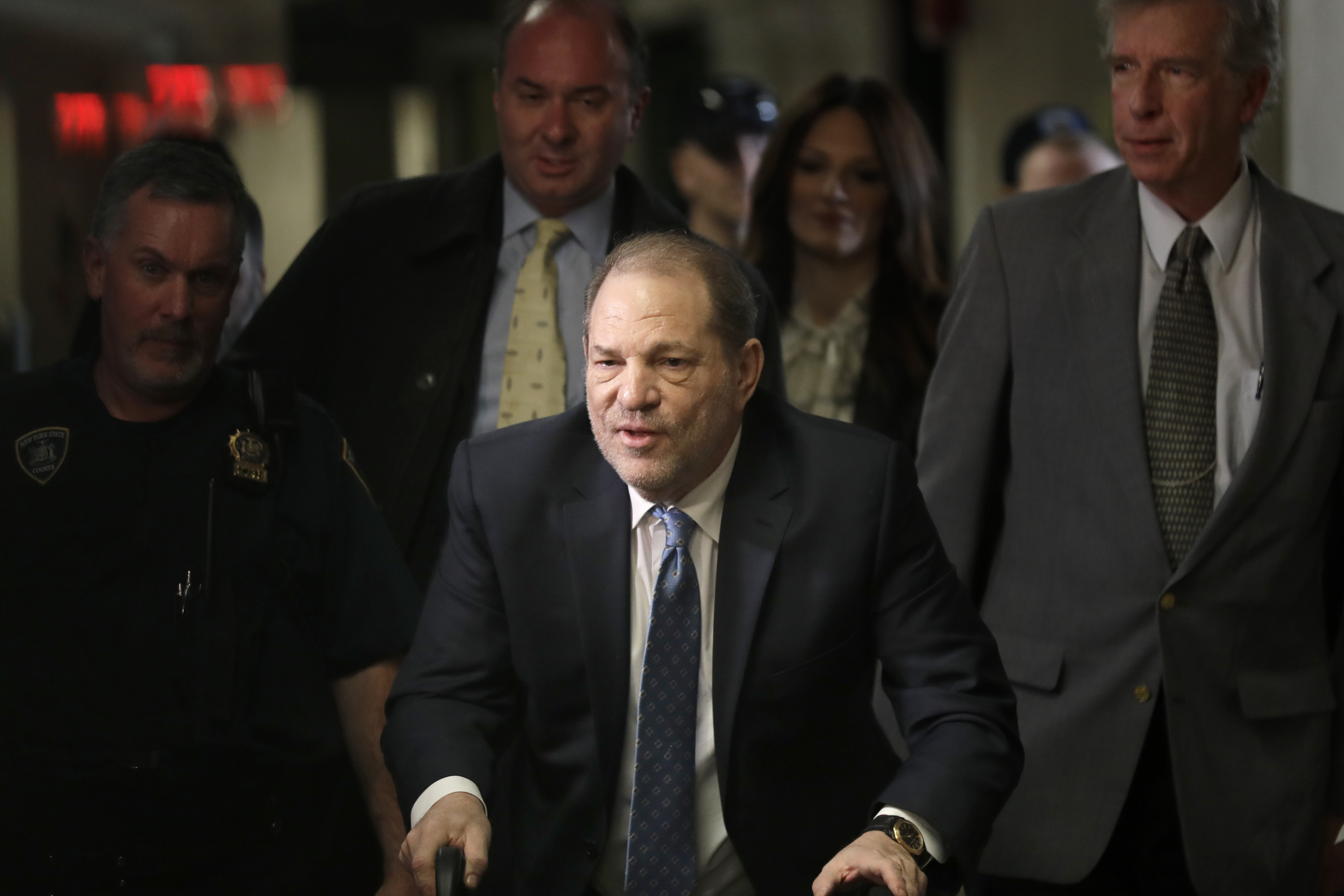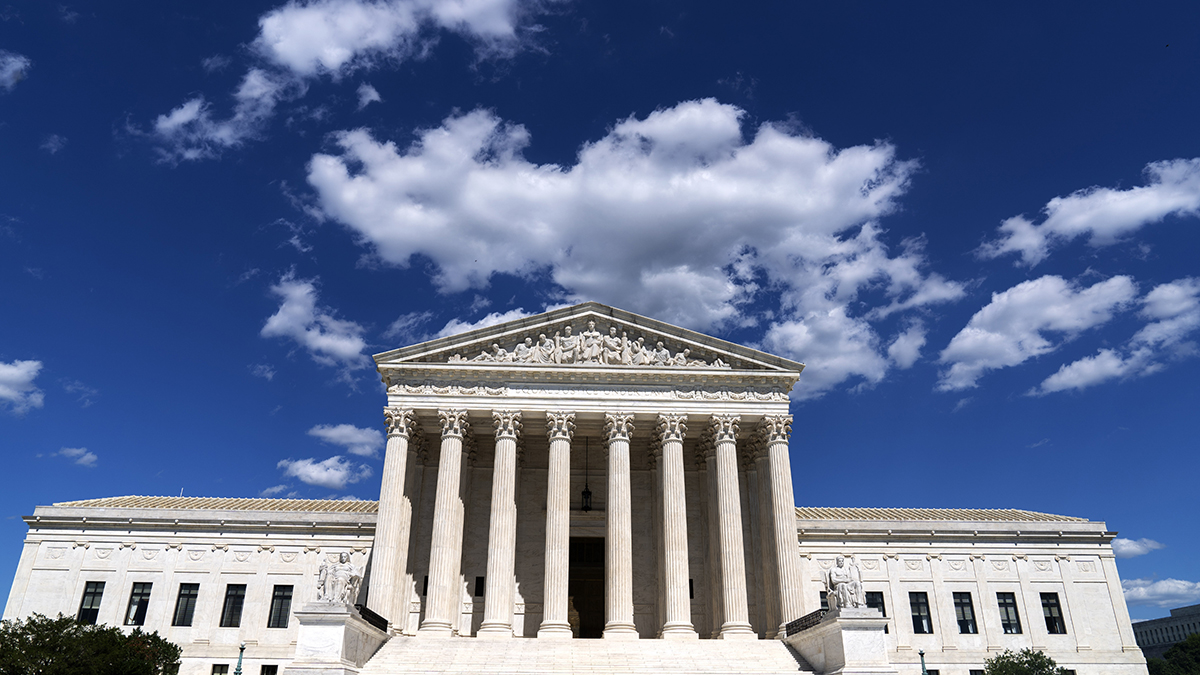Amazon’s Prime Day, a carefully fabricated “retail holiday” meant to take advantage of the company's vast shipping network, takes place in a time of year when the busy holiday shopping season is still a ways off.
“If you had to build a machine that could handle peak operations, and it was idle for 10 months of the year, Prime Day now lets you leverage that machine for profit,” said Marc Wulfraat, the president of supply chain consulting company MWPVL.
Indeed, an Amazon spokesperson told NBC in a statement that the day is “nothing out of the ordinary for a summer sale.”
The company has not released information about last year's sales, but analysts estimated $500 million to $600 million in total, according to CNBC.
For the past five years, Amazon has been busy creating a network of warehouses, trucks — and now, planes — that can handle the surge in orders expected on Prime Day. Wulfraat said the company has made big strides in increasing the "level of control they have over the outbound transportation operations."
"They've made tremendous gains to...get close to the customers,” Wulfraat said.
In addition to its massive distribution hubs, which are known as “fulfillment centers,” Amazon has built at least 58 warehouses specifically for Prime deliveries in dense urban areas.
U.S. & World
One of these hubs — each of which is around 50,000 square feet — is inside a corporate tower in midtown Manhattan. Inside, employees called "pickers" weave through mazes of the company’s 10,000 top-selling products, TIME reported.
“We have high-tech algorithms that we have taken from our normal fulfillment centers, and we use them in this smaller building,” Stephenie Landry, Amazon's worldwide director of Prime Now, told TIME. "It takes the picker on the fastest path possible to grab all of the items.”
The much larger fulfillment centers are usually a few hundred miles from cities, but these smaller Prime-only facilities like the one in New York mean that Amazon can deliver products to many of its Prime customers within an hour or two.
Amazon used to rely mostly on FedEx and UPS to transport goods from its warehouses to customers’ doorsteps, but this process was sometimes unreliable and often expensive, Wulfraat said.
Shareholder data shows that between 2010 and 2014, the company spent more on shipping than what it made in shipping revenue, according to Quartz. Taken as a share of product sales, these expenses rose from about 8 percent in 2009 to 17 percent two years ago.
To cut down on shipping costs, Amazon also has been trying to take over more of the actual shipping process — with planes that can fly Prime products from one coast to another — and more warehouses that can pass on packages to postal workers, who are cheaper and more efficient than FedEx might be, Wulfraat said.
This complex system is only filled to capacity during the holidays — when Amazon gets up to 8 times more orders than during the rest of the year — so Prime Day is a chance to operate these systems at full capacity and make some profit.
“Amazon is trying to shift some of the shopping towards the average part of the year in order to leverage all of the investment they’ve made for peak operations during the holidays,” Wulfraat said.



